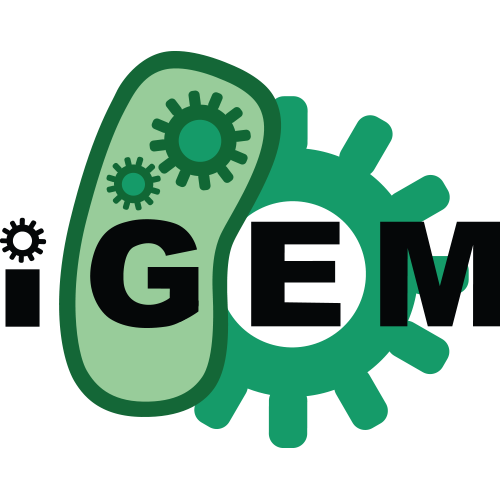Source:
Generated By: https://synbiohub.org/public/igem/igem2sbol/1
Created by: Lucy Maynard, Doris Mai and Amy Weissenbach
Date created: 2016-12-11 12:00:00
Date modified: 2016-12-11 11:26:28
PETase double mutant I208V and R90A full plasmid information
| Types | DnaRegion |
| Roles | Composite engineered_region |
| Sequences | BBa_M50056_sequence (Version 1) |
Description
We use Escherichia coli as the chassis organism to express the PETase gene and optimize our codon accordingly. This composite part is made of a rhamnose-inducible promoter, an ampicillin resistance marker, an origin of replication, a secretion tag, a strong RBS, and a PETase gene that contains two mutations. All basic parts except mutated PETase come from DNA 2.0.Wild type PETase shows the ability to hydrolyze Polyethylene terephthalate (PET), commonly used for plastics. The two mutations of PETase are identified by the 2016 iGEM Tianjin team to improve the catalytic activity of PET independently. The PETase gene here also incorporates 6 his tag at the end. The sequence is optimized for Escherichia coli.
Notes
We would like to test PETase catalytic activties from unlysed cells, so we choose to use a secretion tag. Between the two secretion tags omp-T and YebF, YebF has been documented to interfere with PETase activity by the 2016 iGEM Harvard team. Thus, we choose to use omp-T tag that is also naturally encoded by E.coli. Based on the choice for secretion tag and antibiotic resistance (amp), the only available plasmid from DNA 2.0 synthesis contains rhamnose-inducable promotor and strong RBS. For the PETase gene, our design thinking is based on the hypothesis that the combination of two mutations will further enhance the PETase catalytic activity. 6 His tag is also appended at the end of the PETase sequence for western blotting test. The entire sequence is optimized for Escherichia coli by IDT???s codon optimization tool.Source
omp-T is a secretion tag native to E.coli. Strong Ribosome binding site (RBS), ampicillin-resistance, rhamnose-inducible promoter, and origin of replication are sequences designed from DNA2.0. Wild type PETase sequence is from Ideonella sakaiensis and is identified by Yoshida et al. Two mutation sites are originally designed by 2016 iGEM Tianjin team: the 208th amino acid (changed from isoleucine(I) to valine(V)) and the 90th amino acid (changed from arginine (R) to alanine (A)), and each individual mutant has been showed by the Tianjin team to| Access | Instance | Definition |
| public | BBa_M50054 | BBa_M50054 |
| Sequence Annotation | Location | Component / Role(s) |
| BBa_M50054 | 1,894 | BBa_M50054 |
